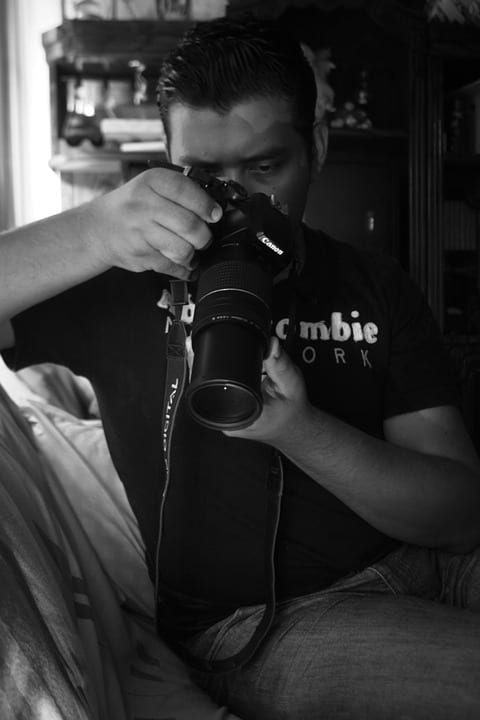Following controversies, protests and a terrible financial year, Abercrombie and Fitch announced that it will finally offer a line for plus-sized women this spring. This is a step in the right direction. Finally including options for previously too-large-to-be-cool customers is the least it could do. But, if Abercrombie’s executives are truly interested in making amends to the newest members of the Abercrombie-worthy “cool kids club,” they will have to try a little harder than that.
Abercrombie has been infamous for quite a few controversies, including racism, sexism, and overall insensitivity, and CEO Mike Jeffries has only made them worse. Most notably, in 2006, when asked why Abercrombie only sells up to a size 10, Jeffries announced that his brand is “absolutely exclusionary” and “want[s] to market to cool, good-looking people.”
In an attempt to apologize during a later interview, Jeffries compared Abercrombie to competitors’ brands that try to market to people of all ages and sizes. Jeffries explained, “Those companies are trying to target everybody: young, old, fat, skinny. But then you become totally vanilla. You don’t alienate anybody but you don’t excite anybody, either.” Unfortunately for Abercrombie, the CEO’s comments ignited more protesters than potential costumers. For seven years, criticism grew and revenue shrunk until Abercrombie finally welcomed plus-sized women into its previously “absolutely exclusionary” brand.
Although it is nice that Abercrombie will sell up to a size 14, the national average size for women, its sincerity is questionable. If Abercrombie was truly interested in making the switch to a diverse, inclusionary brand, the company would have replaced its high-level executives with respectful, diverse individuals who represent new values. Considering that Jeffries’ contract was scheduled to expire this February, Abercrombie had the perfect opportunity to replace him with a CEO that better represents the company’s new goals and morals. Instead, Abercrombie renewed Jeffries’ $ 1.5 million contract, completely condoning his very public and controversial statements and the financial woes they have caused.
Also, Abercrombie is doing the bare minimum to make its new plus-sized costumers feel welcome. Plus-sized apparel will only be sold online, not in stores. When asked why, Abercrombie executives responded that the store environment would make plus-sized women feel uncomfortable and self-conscious.
But the stores are far from relazing for anyone. With crazy thin and beautiful “models,” the term Abercrombie gives its sales associates, prancing around and spraying unhealthy levels of obnoxious perfume, shopping at Abercrombie is incredibly uncomfortable for anyone, no matter if they’re a size two or a size 12.
Here’s a suggestion: hire models of all shapes and sizes. If designers in the high-fashion world are able to embrace the big-is-beautiful trend, there is no reason Abercrombie shouldn’t hire plus-sized models, besides snobby prejudices. Problem solved.
The decision to sell plus-sized clothing was common sense, not the unveiling of a new Abercrombie. The brand is too uniform and pricy to appeal to college students, their target market. Brands like Forever 21 and H&M have taken over because they give college students what they really want: individuality, self-expression and low prices. Abercrombie can no longer afford to pick and choose the size of its customers, especially since its competitors have already embraced the plus-sized market. Unfortunately for Abercrombie, its efforts to amend its superficial past are too little too late.


